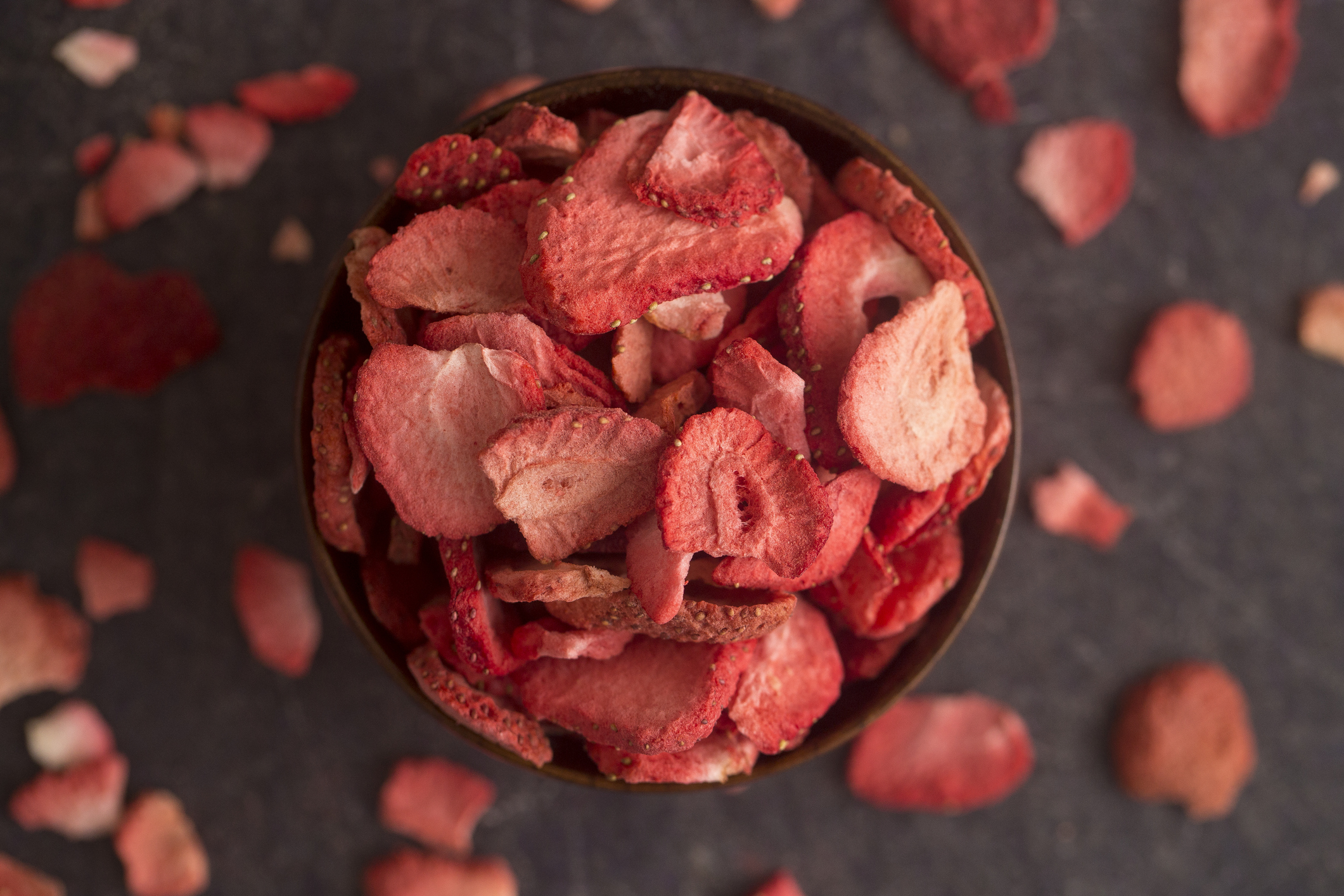Many businesses dehydrate food in order to use up items within expiration dates when they buy in bulk during sale periods. The right equipment is important when it comes to drying out foods, but not all dehydrators are created equally.
Dehydrator for cabinets
In these units, ultra-low airflow and temperatures are used to dry foods without altering their appearance, texture, or taste. Among other things, they are perfect for making beef jerky, dried fruits, and herbs. Produce can be handled by most models at a rate of five to fifty pounds per hour. Consider cabinet dehydrators with automatic loading systems if you process a lot of fruit every day so you don’t have to manually unload the unit.
The stackable dehydrator
A heating element and fan are usually located at the bottom of these units, and trays are stacked on top of one another. Commercial food dehydrators use low temperatures to dry foods, but can also control humidity levels. In an industrial kitchen or small business, these types of food dehydrators are more compact than cabinet models.
Flow Dehydrator Horizontal
Often equipped with microprocessor control, these combine the best aspects of cabinet and stackable models for even drying.
Dehydrator for Commercial Use
You can find out more about commercial food dehydrators and the brands other businesses use to make beef jerky and other meat jerky, fruit roll sheets, dry herbs, beans, and other dried foods.
The Best commercialdehydrators.com.au
A commercial food dehydrator machine should have several features that will simplify the process of dehydrating food.
Tracking of progress
A digital timer of some sort should be expected to track progress. A transparent glass door or window may also be available on some machines so you can see how the food is progressing.
The space
For businesses that use these machines to create products that are then sold, ample drying space is essential. If you are serving large fruit rolls or large portions of meat, you will need more space than if you are serving smaller fruits, vegetables, nuts, meats, or delicate herbs.
Ventilation
Hot air should be able to escape through thoughtfully-placed vents and a heating element should be evenly spaced around the box. Verify that the counter or floor on which food dehydrators will be sitting has enough room for them to properly release air.
The temperature
Make sure the commercial dehydrator can reach the optimal temperature required for the specific foods being dried before purchasing. Most dryers have a range of drying temperatures, but some may not be hot enough (or too hot).
A thermometer
Almost all come with an adjustable thermostat and a digital control panel that ensure temperature and settings are right for the right foods.
Other features
The use of dishwasher-safe plastic, mesh, or stainless steel trays and other elements (such as drip trays) makes cleanup easier. Although some food dehydrators have knobs and analog controls, a digital panel is also helpful.


